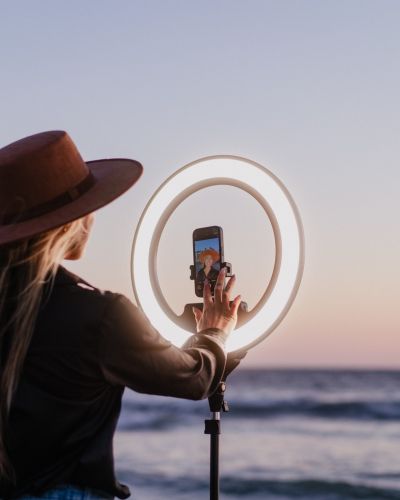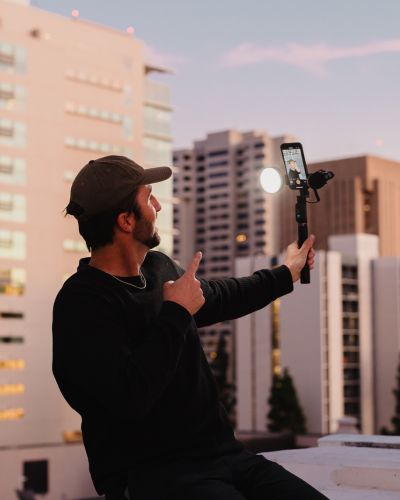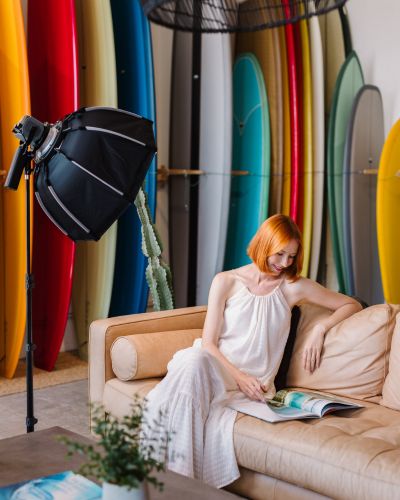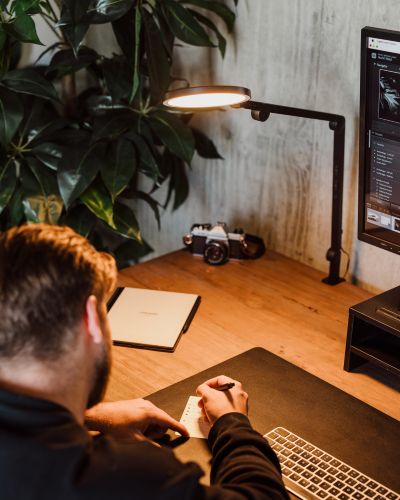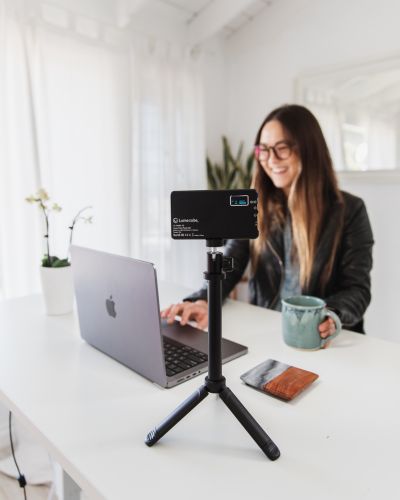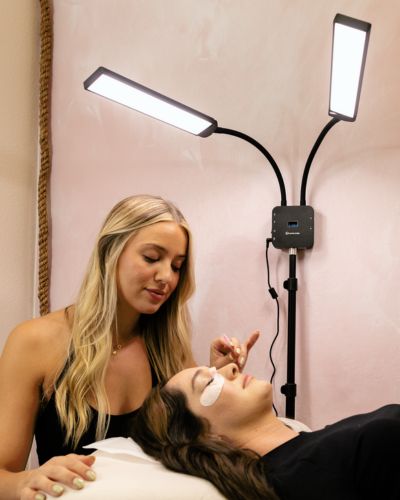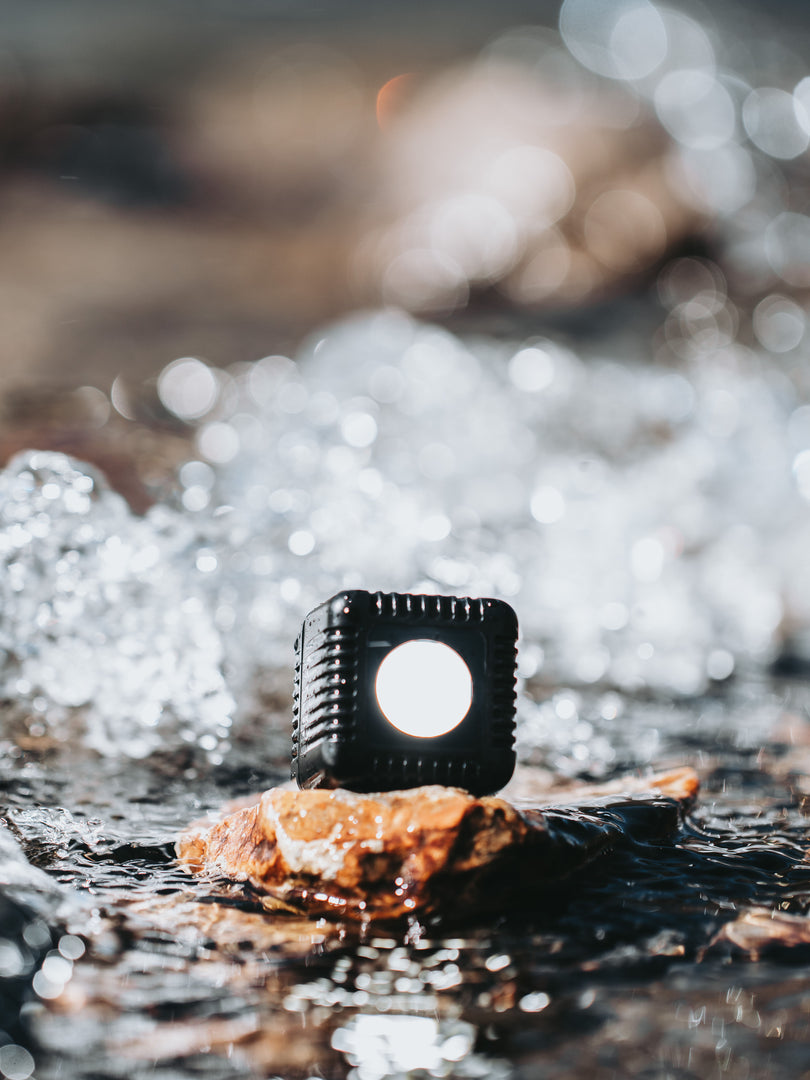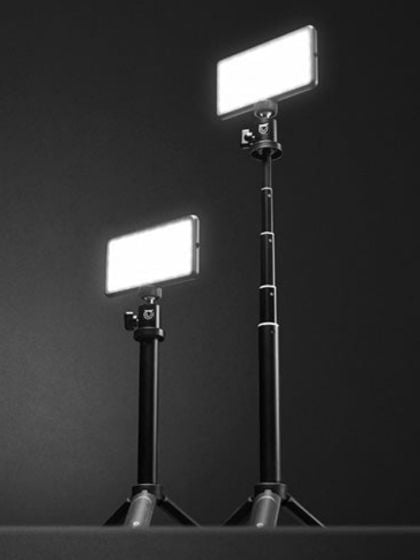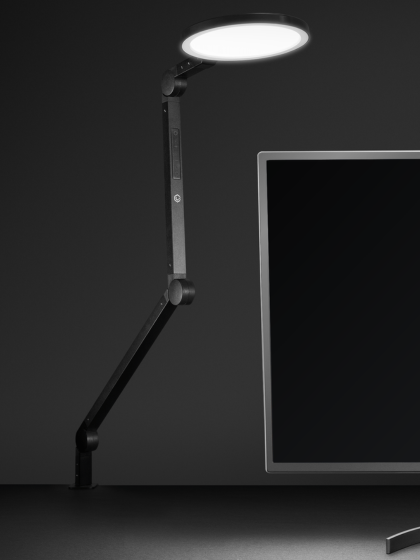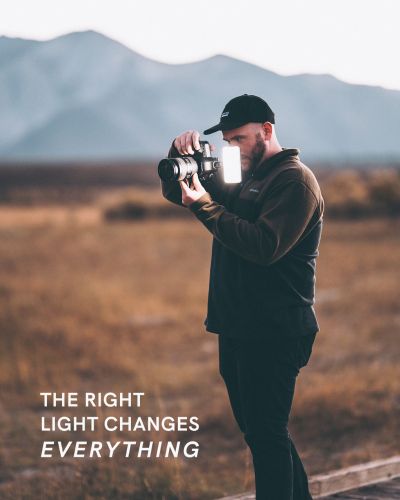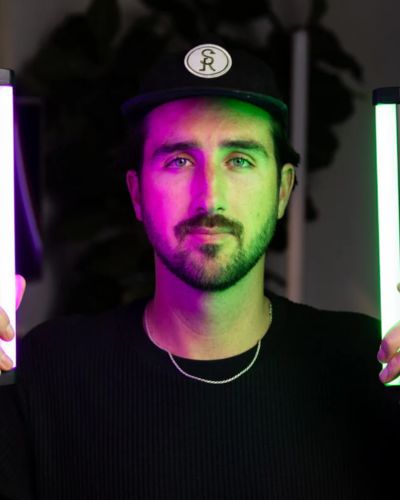
So, you’ve just booked your first wedding gig – congrats!
Wedding photography is an exciting way to build a large portfolio of work in a short amount of time. With just a little bit of planning, you’ll be well on your way to thrilling your clients and making a meaningful contribution to their special day.
Here are some wedding photography tips for beginners to help your next wedding shoot go off without a hitch.
Set Wedding Photography Expectations with the Couple
Some of the best wedding photography tips aren’t about photography at all: they’re about planning and managing client expectations. It doesn’t matter how brilliant your shots are if you get to the big day and find out that your vision does not match that of your client (or vice versa).
Sit down with the couple well ahead of the wedding and go over price expectations, what’s included in your services, and the tasks that are expected of you. Then, sign a legally-binding contract for everyone’s peace of mind. Make sure your clients are able to contact you if needed and keep the lines of communication open before and during the big day in case any last-minute questions or requests come up.
Scout the Location for Wedding Photography Ideas
Though it’s not always possible, scouting the wedding venue ahead of time can be a great idea to help you get the lay of the land and start brainstorming shot ideas. You might even want to take a few test shots with the couple around the time of day when the wedding will be held to scope out lighting and possible scenes.

Create a Shot List and Schedule for Your Wedding Photography
Though you might have a list of obvious shots in mind to get on the big day, the couple might have specific ideas about what they’d like, too. Make sure you get a list of their requests along with the shots you have in mind before the shoot. It’s also a great idea to capture the small details of the day, too – close-up shots of clothing, rings, and other sentimental objects. You’ll also want to make a list of the important people in the wedding party to make sure nobody gets inadvertently left out.
Expect the Unexpected for Wedding Photography
When it comes to wedding photography, you can never be too prepared. It’s best to expect the unexpected and have backups for your backups. Go over weather contingency plans and other backup plans with the couple before the big day.
On the day of the wedding, make sure you have plenty of blank memory cards and extra wedding photography gear on hand in case yours fails for any reason. Charge all of your panel lights and other accessories. You’ll also want to make sure all of your cameras are set to continuous shooting mode so you don’t miss a single moment. (Sometimes, the best moments are the ones you capture right after a staged formal shot!) It might also be a good idea to hire a backup photographer to help divvy up the work and ensure you capture every shot if (and when) things get hectic.
Don’t Ditch Your Wedding Photography “Mistakes” Right Away
When you’re shooting wedding photography with a digital camera, it might be tempting to delete “reject” shots to save space. But don’t scrap anything right away if you can help it – you might be able to manipulate some of those images during production to add abstract shots and interest to the wedding album. Plus, although you might not like a certain shot, that doesn’t mean the couple won’t like it. You might be surprised by what shots make the cut in the end.
Lighting for Wedding Photography
There’s a lot to consider when thinking through the lighting for wedding photography. Here are some of our favorite lighting tips to keep top of mind.
Using Natural Light
In general, try to use as much natural light as you can for wedding photography. Not only does natural light look beautiful, but it also makes your process go much smoother. Since you won’t need to carry as much equipment, you can be ready to capture any sudden important moments that come up. (You never know where or when something might happen that you’ll need to shoot!)

Use your shot list and schedule to plan out when you can use natural outdoor lighting to your advantage. If you can, use the gorgeous light at “golden hour” right before sunset for any outdoor portrait shots. Lighting tends to be harsher and will cast more shadows around midday. In this case, you can use shade to diffuse the light or try to position your subjects in front of the sun for a softer look.
It’s also important to plan ahead in case the natural light isn’t working in your favor on the big day. Have a high-quality camera lens on hand that opens up to f/2.8 or wider to give you as much light as possible when there’s not much natural light to work with.
Using Artificial Light
There will also likely be specific times that will call for artificial light, like in a dark church or during an indoor reception. Artificial lighting can be a life-saver in spaces where the light is coming from overhead and casting dark shadows in your subjects’ eyes. You can also use artificial lighting to match the exposure of your subject and background when there is strong backlighting.
When using artificial light for wedding photography, you’ll need a continuous source of diffused light to flatter your subjects from the chapel to the dance floor. For wedding photography, we recommend the Lume Cube Panel Go for continuous light with fully-adjustable color temperature and brightness.
Get Creative!
While it’s good to mostly play it safe for wedding photography and videography, don’t be afraid to get creative with your lighting. We like to use the Lume Cube RGB Panel Pro for continuous light and hundreds of unique colors, plus various scenes to spice up your shots. (This is especially fun for dance floor photos or video footage.) You can also put the RGB Panel Pro on a 5 ft Adjustable Light Stand and use the strobe setting for an off-camera flash. This will give you more control and flexibility over darker shots.
Above all, have fun! Don’t be afraid to think outside the box and try something different. Not everyone will love your style, but those who do will seek you out – and will be willing to pay for your unique work.
We hope you found these wedding photography tips helpful. With just a bit of planning and a defined vision, you’ll see more and more success (and clients lining up for your services).

